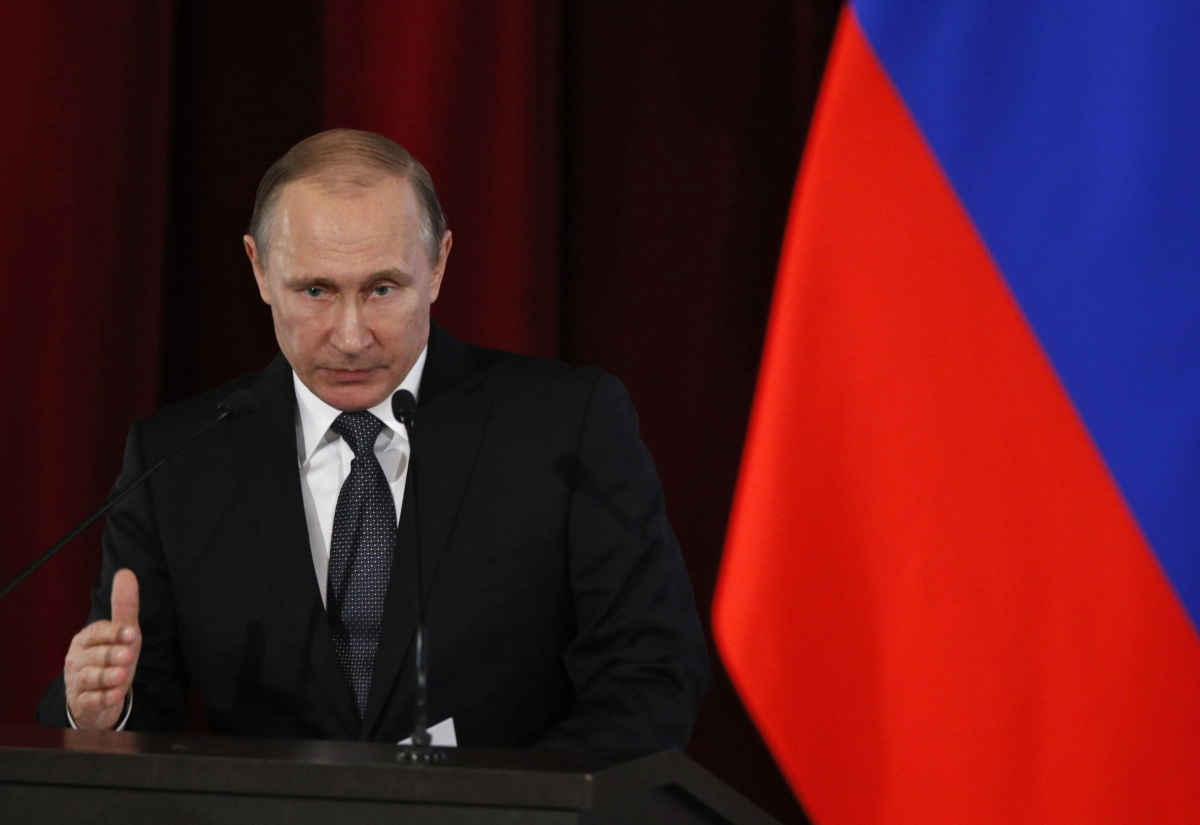Russia seen by the secret services of Norway and Ireland

Giuseppe Gagliano's in-depth analysis on Russia's projection of power between intelligence and nuclear weapons according to reports from the secret services of Norway and Ireland
Russia is developing powerful new types of nuclear weapons, which cannot be contained within the framework of existing arms control treaties, according to a new Norwegian intelligence report.
The report , released Monday by the Norwegian Secret Service (NIS), comes in the wake of a last-minute extension of the New Start nuclear reduction treaty between the United States and Russia . On February 3, just days before its formal expiration, Washington and Moscow announced an emergency extension of the treaty , which will now last until February 2026.
But according to the Focus 2021 report, the NIS annual assessment of ongoing security challenges, the new Start treaty is not enough to cover some of the new nuclear weapons being developed by the Russian military. In an interview with The Barents Observer , Vice Admiral Nils Andreas Stensønes, director of the NIS, warned that, among other notable changes, Russia's new nuclear weapons "fly low or travel underwater." This makes them extremely difficult to detect by existing missile defense systems.
The NIS report notes that Russia's new nuclear weapons are not yet operational. However, the Russian military is currently testing and developing them on military bases located in northern Russia, some of which are located right near Norwegian territory. Among these weapons is the Poseidon, which is described as a "nuclear-powered submarine mega-drone". Another concern for the NIS is the Burevestnik, a nuclear-powered cruise missile that is said to have a global reach and is capable of evading existing missile defense systems. The potential of this new weapon had already emerged on January 11, 2021, thanks to the report of the National Air and Space Intelligence Center (Nasic) of the United States Air Force.
Strategically, if the Burevestnik were to enter service, it would give Russia a unique weapon with intercontinental range capability.
Its entry into Russia's inventory likely depends not only on overcoming the considerable technical challenge of ensuring reliable performance of the nuclear propulsion unit – there have been numerous flight test failures and an accident that resulted in several deaths – but also on the trajectory of strategic arms control.
The goal with the ground-launched Burevestnik, however, is to give the missile an intercontinental range of between 10,000 and 20,000 km. This would allow the missile to be installed anywhere in Russia and even to reach targets in the continental United States.
Let's now turn to Ireland.
The Irish counterintelligence has launched an investigation into a suspected enlargement project of the Russian embassy in Dublin. According to sources cited by The Times newspaper , the Irish government is concerned that the expansion project is part of a secret Moscow plan to transform its embassy in Dublin into a major spy center in Europe. The two nations did not have diplomatic relations until September 1973, when the Republic of Ireland officially recognized the Soviet Union, and the two countries proceeded to establish embassies in each other's capitals. Since then, the Russian Embassy in Dublin has been located on Orwell Road in the southern suburb of Rathgar. For at least three decades, the embassy was regarded by Western intelligence as a center of Russian intelligence-gathering operations in Europe. Back in 2018, when the Irish government introduced emergency legislation aimed at halting a previously approved expansion of the Russian embassy complex. Indeed, the government feared that this enlargement would threaten Ireland's national security. The Russians had no choice but to comply with the restrictions imposed by the Irish government. Now, however, the Irish government is concerned that Russia has been able to proceed with the creation of an "intelligence hub", despite the small size of the embassy expansion.
According to the Times , the Irish government's concerns center on a building within the Russian embassy complex, "whose design appears to incorporate military security features." Another problem is a Russian-built underground car park at the southern rear of the embassy complex, which can accommodate up to 23 vehicles. Apparently, Irish officials cannot explain why the Russians would have bothered – and the expense – of building an underground car park, when there seem to be enough parking spaces within the embassy complex.
The document reports that the new overhaul of the Russian embassy complex is led by the Directorate of Military Intelligence and the Garda National Crime and Security Intelligence Service, the National Police and the Irish Security Service. These two entities are expected to inform the National Security Committee in the coming weeks. Also known as the "Cabinet Subcommittee F", the National Security Committee is Ireland's highest executive decision-making body, headed by the Prime Minister.
This is a machine translation from Italian language of a post published on Start Magazine at the URL https://www.startmag.it/mondo/la-russia-fra-intelligence-e-armi-nucleari-vista-dai-servizi-segreti-di-norvegia-e-irlanda/ on Tue, 16 Feb 2021 05:32:08 +0000.
